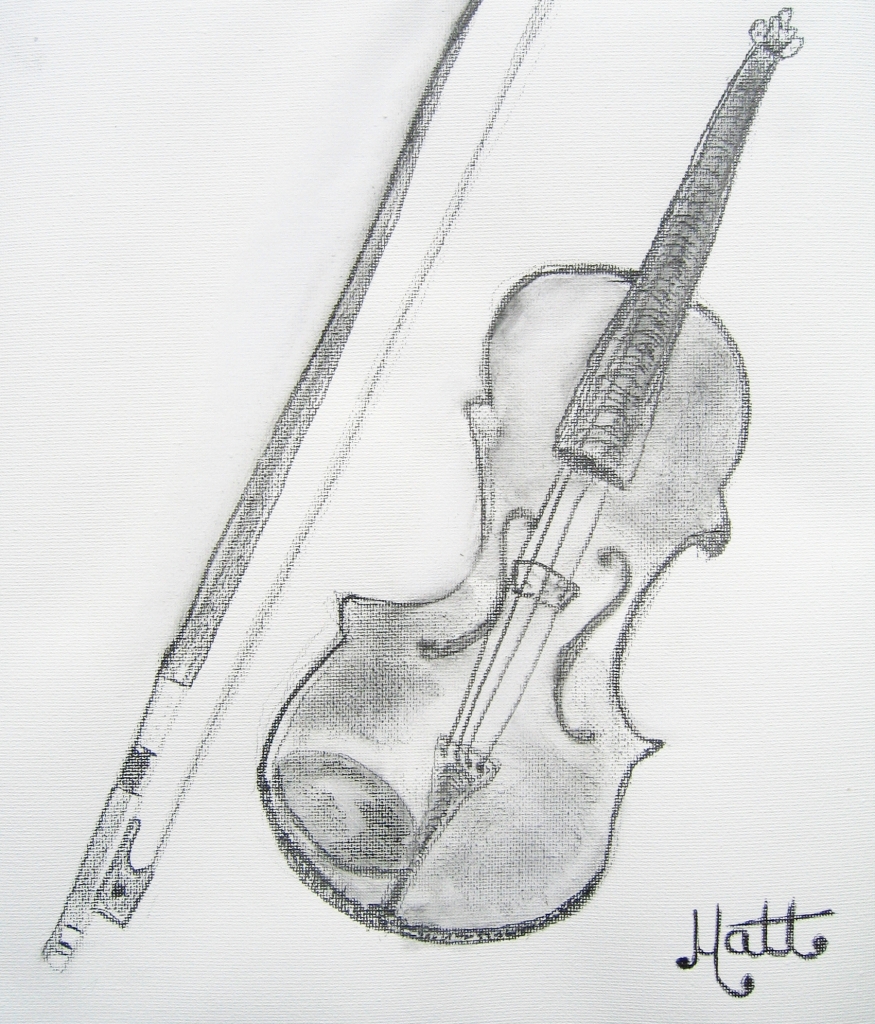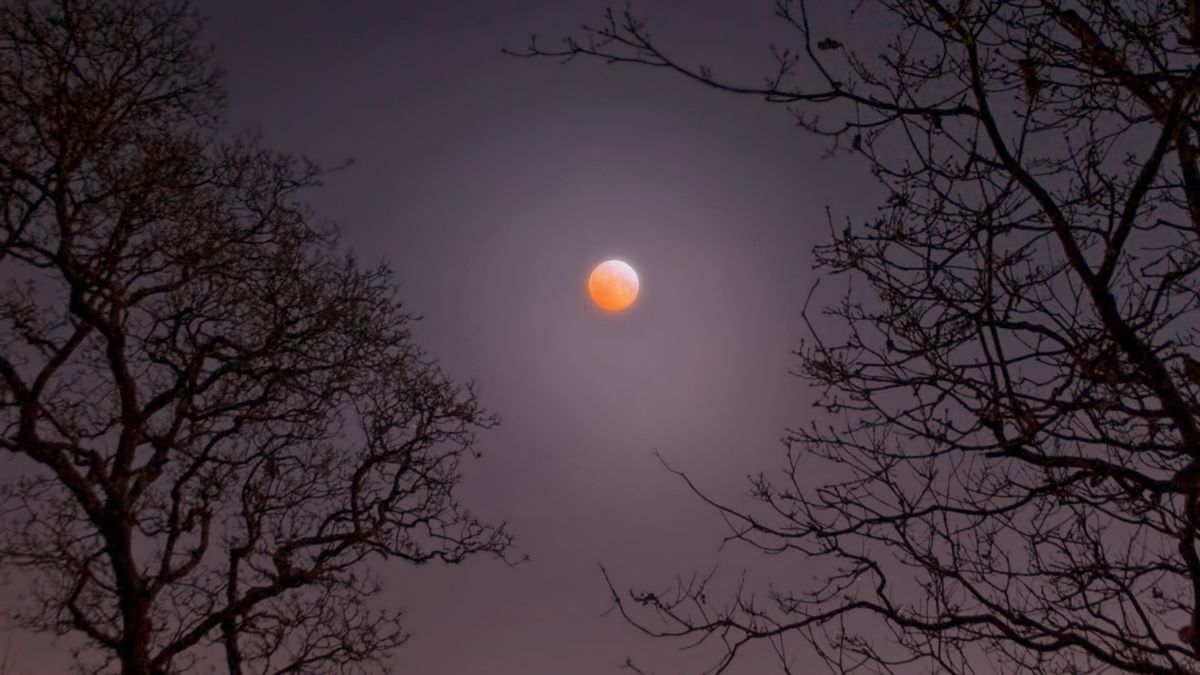It has by no means been less complicated to photograph the moon, many thanks to the introduction of digital digital camera technology. This familiar sight in our skies – our nearest neighbor in room – is a fantastic object to begin with if you are a starter wanting to get into the wider universe of astrophotography.
If you have a smartphone, it is really likely that you have currently tried out your hand at photographing the moon, with surprisingly decent final results. However, if you are eager to begin capturing several of the craters, mountains and valleys that litter the lunar surface you are going to have to have some thing extra considerable. This is in which a DSLR (or mirrorless) digicam arrives into its possess. With a couple of good lenses and a tripod you can effortlessly start off capturing amazing lunar images.







